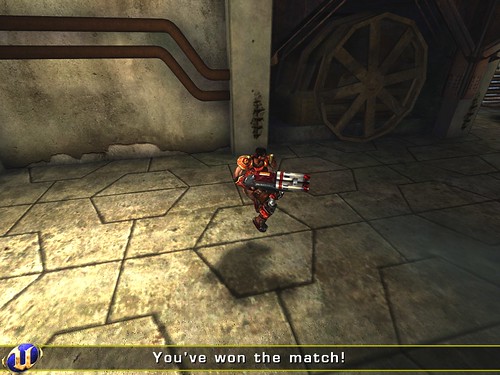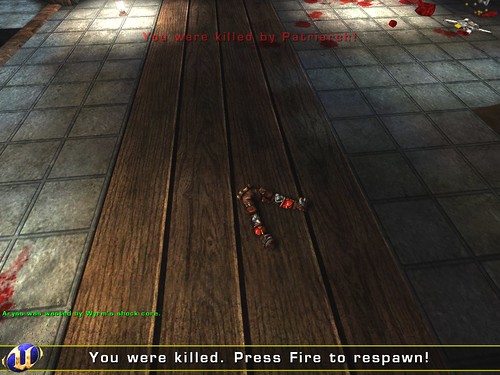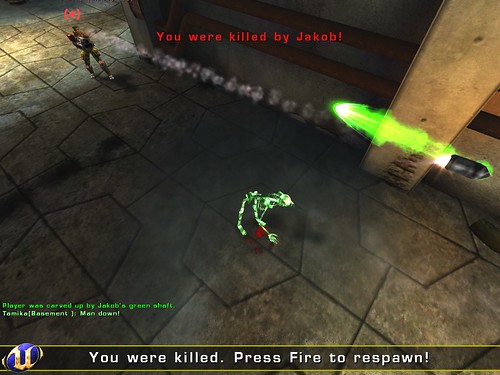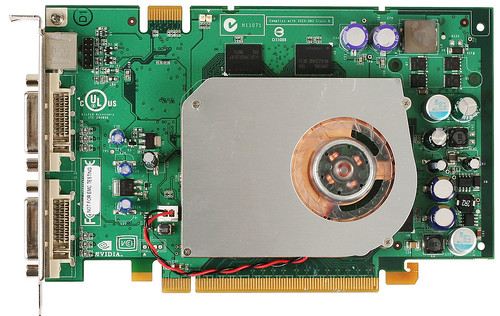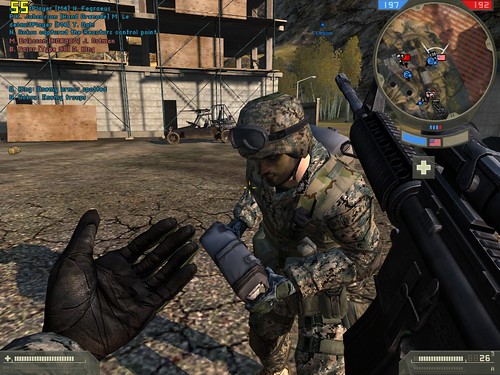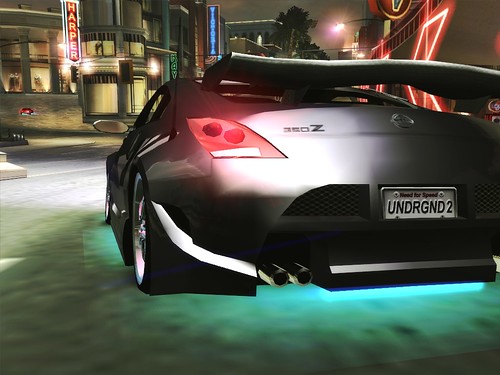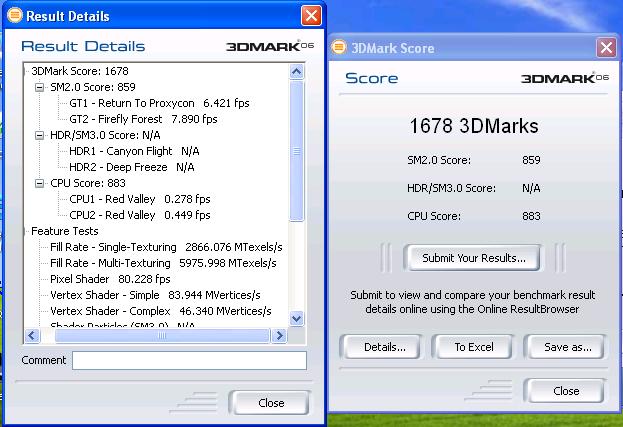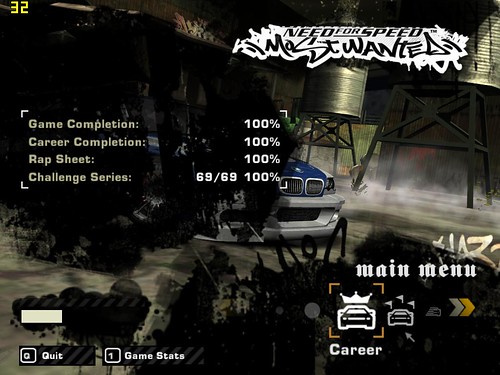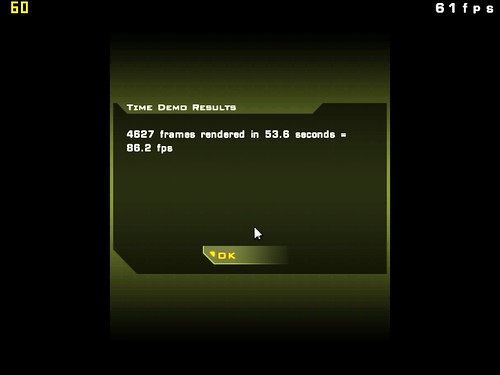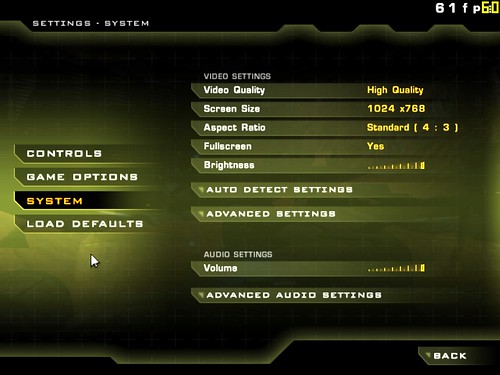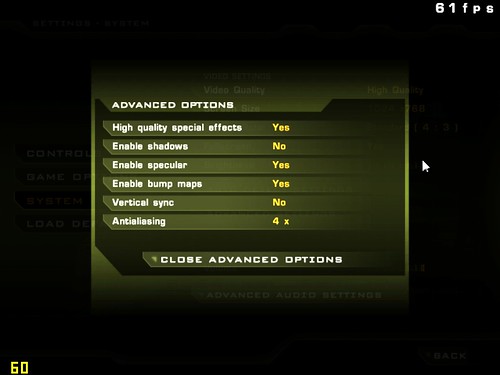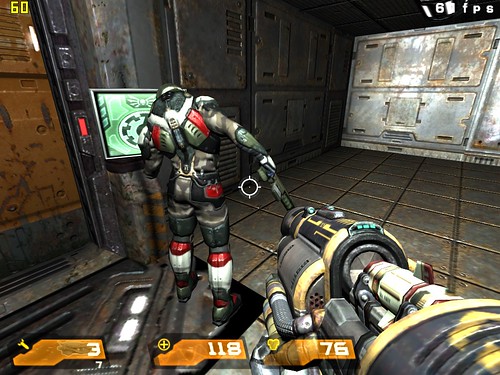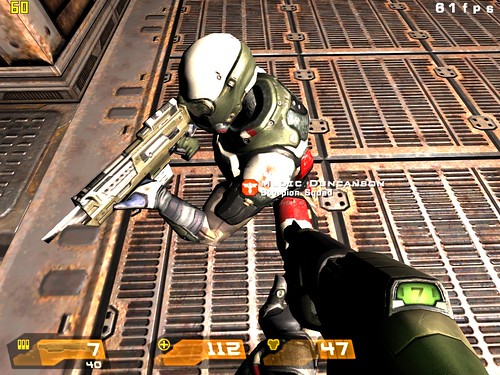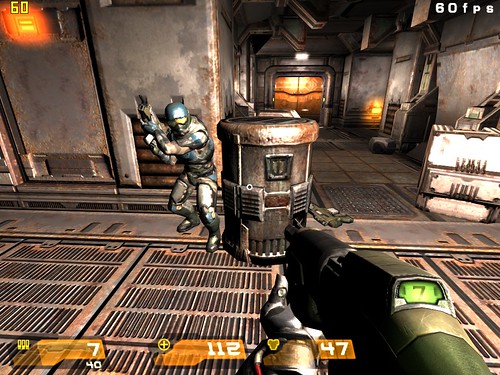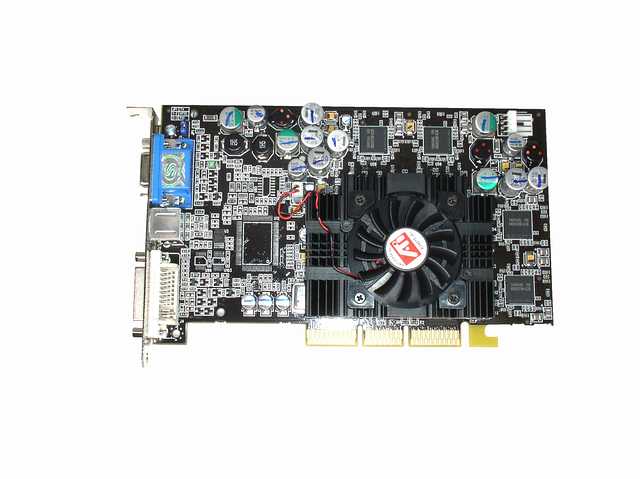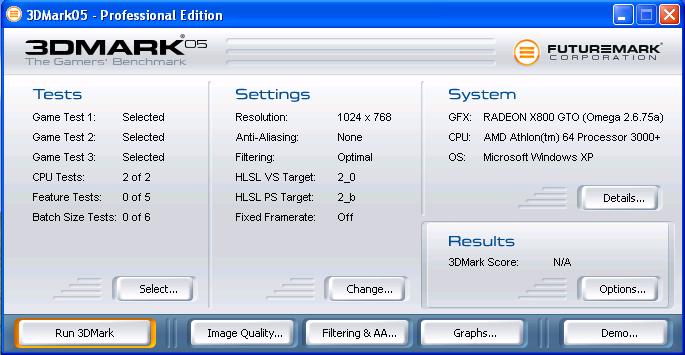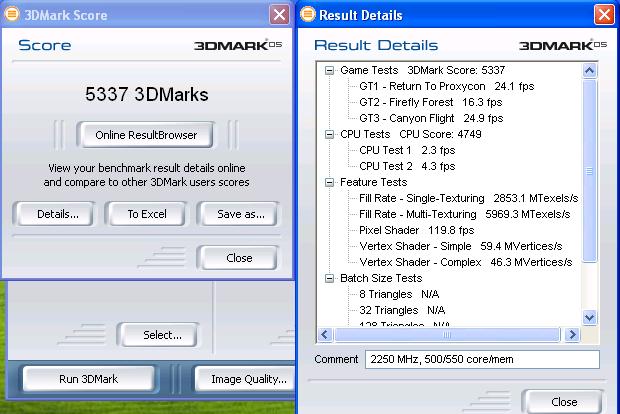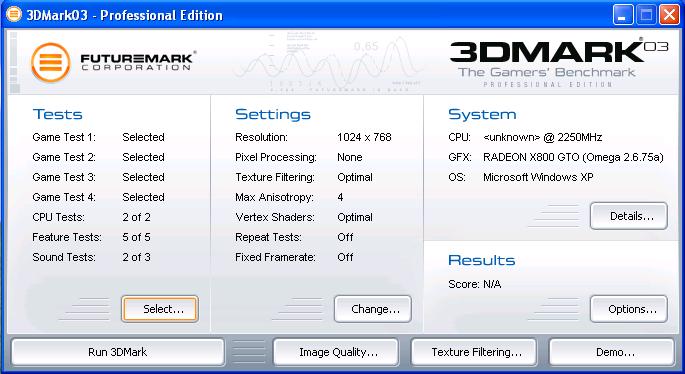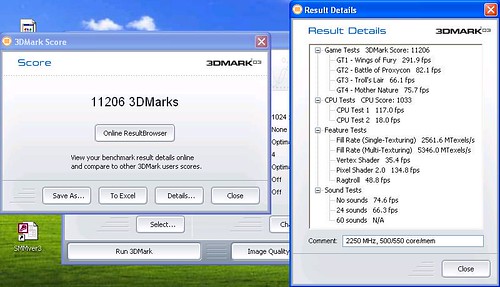Yesterday, I saw a very interesting video card when I dropped by at Low Yat Plaza. Can you believe that Forsa 7800 GT was being sold at RM1199 and XFX 7800 GT at RM1249?? This is really making me nuts right now. A few months back, heck..just a month back they were sold at RM1400++ at least. Since 7800 GT was launch in August 2005 with MSRP USD449, it's been 6 months now, and I just couldn't stand it anymore. By this time of writing, many 7800 GT can be had for less than USD300.
THE PROGRESSION
There's nothing wrong with my Sapphire ATi X800 GTO. It serves me well for 4 months since I bought it. 4 months..just imagine. And now I'm dreaming of getting another graphics card that
is supposed to be mine 4 months ago. Why? Well, actually I was planning to get 6800 GS a few months back while it was about RM950. The 7800 family never really captivated my interest in POSSESSING them, although performance wise, I really wish I could have them. However, yesterday was really an eye opener for me.
You see, X800 GTO is my 4th GPU so far. I have made some observation on the history of my GPU, and I see a trend: pixel pipelines trending. I'm somehow very much affected by the number of pixel pipelines as I believe that it determines how 'powerful' a graphics card can be (I know there are many other factors). But whatever it is, I make it as a main point of progression, together with some other specs such as memory bandwidth, geometry rate etc.
| Video Card | GPU Code | ROPs | Video RAM | Vertex shader |
| GeForce 256 DDR | NV10 | 4 | 32 MB | 1 |
| GF4 Ti4400 | NV25 | 4 | 128 MB | 2 |
| Radeon 9800 SE @ Pro | R360 | 8 | 128 MB | 4 |
| X800 GTO | R480 | 12 | 256 MB | 6 |
| 7800 GT ?? | G70 | 16 (20) | 256 MB
| 7 |
Okay, I use ROPs instead of pixel pipelines, because I believe ROPs affects the final performance of the card before the image is displayed. Yeah, the concept is totally different when it enters 7800 /X1900 era now. However, the number of ROPs of the graphics cards I've owned follows a nice incrementing manner until X800 GTO.
Imagine this, if I didn't buy X800 GTO 4 months ago, instead I opted for any 16-pipelines graphics card around, say 6800 GT, X800 XL or even X800 GTO 2 (16 pipes unlockable), what can you imagine about it? I'm making a 'multiple of 2' progression of number of pipelines or ROPs! That is, 4 then 8 (4 times 2) then 16 (8 times 2). That brings me to this question; what graphics card should I buy now?? Definitely a 32-ROPs one!!
Where can I get one of those now? The answer is possibly next month, during the launch of G71. But wait, nobody gives any confirmation that it's gonna be a 32-ROPs video card, they just said 32 pixel pipelines! In fact, we are nearing a new era in PC graphics that a 32-ROPs card might never see the light of day (my concern is stated below).
Therefore, it's obvious that X800 GTO is the breaking point of the progression I'm planning to achieve. However, such progression might not be able to achieve anymore due to the end of usual understanding of pixel pipelines scenario used to reflect the performance. This whole new approach to 3D architecture requires new understanding, and I'm here to understand it.
So, do you think that I should get 7800 GT? Or should I wait for the next refreshment from G71? Or should I take a peek at ATi current and future offerings?
THINGS TO COMEI have some phrase or terms that really boggle my mind when thinking about future graphics card upgrade:
- Shader Model 3.0
- HDR with AA
- WGF 1.0
- DirectX9.L
- WGF 2.0
- DirectX10
- Shader Model 4.0
- Unified Shader Architecture
- Supporting games
- dual-core CPU/multithreading supported games
- 64-bit gaming
- PPU
Allright, some of those terms are actually the same thing, e.g. Windows Graphics Foundation 1.0 equals DirectXD9.L, the last DX9 iteration before we enter DX10, or WGF 2.0 which comes as standard in Windows Vista. SM3.0 is now, but still many people question about its rate of adoption in games. While HDR is an appealing eye-candy, some say 'let's hoping it would also allow AA at the same time". Well, it's here under the hood of X1900 series from ATi(maybe X1800 also, I'm not sure!).
Up till today, I reckon that we won't have problems enduring WGF 1.0, but things will change when NVIDIA G80 arrives (possibly June) , and ATi R600 (possibly in October), supporting DX10 which means........UNIFIED SHADER ARCHITECTURE! We are not gonna have scenarios we see today, in fact, in less than a year, every graphics card around can almost become obsolete, to some extent. I don't know the details of DX10 implementation (can I install it under XP??...highly doubt it), but it surely marks an era of 64-bit computing, and gaming possibly.
I can almost describe my very concern about what the coming 6 months hold for graphics card purchasing, but to describe it is also almost difficult, especially because I'm a gamer with budget in mind. Take a look again at those phrases above and tell me, is now a good time to get a graphics card, one last time before everything becomes different??

